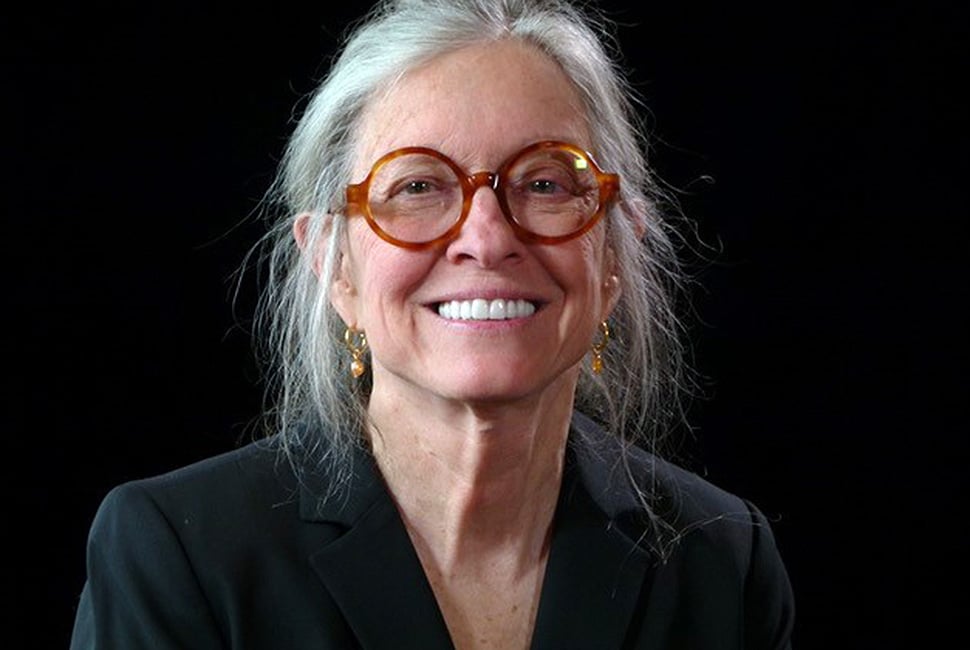Northwestern researchers have continued to make significant advancements in the fields of astronomy and planetary science. The Daily compiled a summary of NU’s latest research findings.
Analyzing lunar soil for moon-based constructions
Earth and planetary sciences Prof. Steven Jacobsen received funding from NASA’s Marshall Space Flight Center for a project aimed at understanding the exact composition of the moon’s soil.
NASA recently teamed up with construction technology company ICON to discover ways to construct a lunar outpost using resources from the moon. The researchers need to understand the makeup of lunar soil, which is often variable across samples depending on the amount of minerals and glass found, according to an April 3 University news release.
ICON’s ISRU-based lunar construction systems will collect lunar soil to melt for printing housing structures. The printing technology will adjust its laser’s heating and cooling mechanisms to account for the soil composition’s variations.
“Off-world construction comes with many challenges,” Jacobsen said in the news release. “The moon’s soil is not like that on Earth. On the moon, soil is formed from meteoroid impacts that have crushed the surface. So, the moon is essentially coated in a thick layer of pulverized flour.”
Jacobsen and his former student Katie Koube are working to create a collection of sample compositions to assist in the project.
Unraveling fates of stars near the Milky Wave
A new study conducted by NU astrophysicists mapped out the trajectories of 1,000 stars orbiting the galaxy’s central black hole, Sagittarius A*, in a simulated model.
Researchers discovered the region, packed with stars, has frequently faced brutal stellar collisions. The study revealed that surviving stars can lose mass and can also combine with other stars, appearing more massive and rejuvenated, according to an April 4 University news release.
“The region around the central black hole is dense with stars moving at extremely high speeds,” said Sanaea Rose, the research study’s leader and postdoctoral fellow with the Center for Interdisciplinary Exploration and Research in Astrophysics, in the news release. “It’s a bit like running through an incredibly crowded subway station in New York City during rush hour. If you aren’t colliding into other people, then you are passing very closely by them. For stars, these near collisions still cause them to interact gravitationally.”
Rose said a star’s fate is tied with its distance from a black hole. The closer the star is to a black hole, the more likely it will collide. While the collision will not have enough force to shatter the stars, the stars will shed their outer layers as they come into contact.
Rose presented the findings at the American Physical Society’s April 4 meeting in Sacramento, California.
Email: [email protected]
X: @Jerrwu
Related Stories:
— Research Roundup: NU researchers pioneer studies in Crohn’s, bladder function
— Northwestern researchers develop therapy to prevent allergic reactions















